Mole, the rich and flavorful sauce that adorns countless Mexican dishes, is often considered an art form in itself. While many may argue about the exact ingredients needed to create the perfect mole, one thing is universally agreed upon: the right combination of spices is key to achieving that signature depth and complexity. Whether you’re a seasoned cook or new to the world of mole, understanding the secrets behind the spices used can elevate your cooking to new heights. From the essential seasonings that form the base of most mole recipes to the optional additions that can take your dish to the next level, this guide delves into the spices that make mole truly special. Discover how to enhance your mole paste with the perfect blend of liquids and additional ingredients, explore what makes mole sweeter, and uncover the role of garlic in this beloved dish. Additionally, we’ll walk you through how to use mole powder correctly, ensuring your mole sauce is as authentic and delicious as it can be. With the right spices and a little patience, you’ll be crafting a mole sauce that will impress anyone who tries it.
Key Takeaways
– Discover the essential spices that make mole sauce rich and flavorful, including nuts, seeds, chili peppers, and fresh/dried fruits.
– Understand why garlic is optional in mole recipes, as its inclusion can vary by region and personal preference.
– Learn how spices enhance mole and contribute to its traditional taste, making it a versatile and delicious dish.
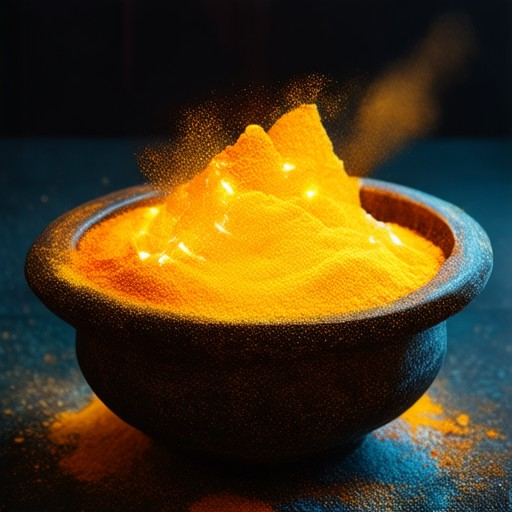
Seasonings in Mole
Mole, a traditional Mexican dish, features a complex blend of seasonings that vary by region and recipe. Here’s an overview of the key ingredients typically found in mole:
- Chocolate: Cocoa powder or unsweetened chocolate is a cornerstone of mole, contributing depth and richness.
- Chilies: Dried chiles, such as ancho or guajillo, add heat and spice, varying by desired intensity.
- Dried Fruits: Raisins or figs add sweetness and texture, enhancing the sauce’s complexity.
- Nuts: Almonds or walnuts contribute nuttiness and thickness, enriching the flavor profile.
- Cinnamon: A staple, it adds warmth and aromatic notes, balancing the dish’s layers.
- Cloves: Provides a subtle, clove-like warmth, enhancing the sauce’s depth.
- Cumin: Adds complexity with its earthy, herby flavor.
- Oregano: Enhances the overall seasoning with its dried herb notes.
- Salt and Pepper: Essential for seasoning, adjusting flavor to taste.
- Garlic and Onions: Often included for their ability to mellow and deepen the sauce.
- Tomatoes: Common in some recipes, adding acidity and body.
- Sweeteners (Optional): A touch of sugar or honey may balance the savory elements.
These ingredients create a harmonious blend, resulting in a rich, flavorful mole sauce that can accompany various dishes, from meats to breads.
What to Add to Mole Paste
Mole paste is a versatile base used in traditional Mexican cuisine, particularly for making mole sauces. Enhancing it with the right ingredients can elevate its flavor and texture. Here are some thoughtful additions:
- Onions and Garlic : Sauté finely chopped onions and garlic until golden brown. Their natural sweetness adds depth to the paste.
- Chili Peppers : Add fresh or dried chili peppers for heat and complexity. Different varieties can adjust the spice level.
- Tomatoes : Incorporate ripe tomatoes or tomato paste for acidity and body, balancing the spiciness.
- Cinnamon and Cloves : These warm spices complement the chili peppers, offering a harmonious blend of flavors.
- Cumin and Oregano : Herbs that add earthiness and freshness, enhancing the overall aroma.
- Nuts or Seeds : Toasted almonds or peanuts thicken the paste and introduce a nutty flavor.
- Cocoa Powder : A unique addition that adds a subtle chocolatey note, enhancing the sauce’s complexity.
- Sugar or Honey : Balance the savory elements with a touch of sweetness for a well-rounded taste.
- Salt : Essential for seasoning, ensuring all flavors meld together cohesively.
- Optional Additions : Raisins or dried fruits for a fruity twist, and a splash of alcohol like tequila or rum for depth.
- Fresh Herbs : Cilantro or parsley at the end for a bright, refreshing finish.
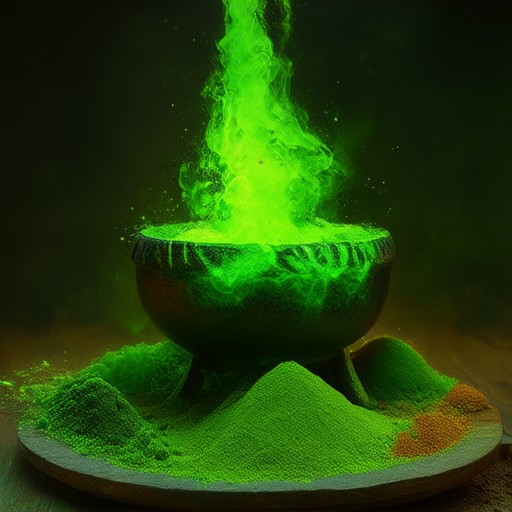
What is Added to Mole to Make It Sweeter?
Mole, a iconic Mexican sauce, achieves its sweetness through a carefully curated blend of ingredients. Here’s how it becomes sweeter:
- Chocolate : Typically, unsweetened cocoa powder is used, providing depth and richness without excessive sweetness.
- Sugar or Honey : These are added to balance the earthy tones of the chocolate and enhance overall flavor.
- Dried Fruits : Raisins, figs, or prunes contribute natural sweetness and texture.
- Nuts and Seeds : Almonds, walnuts, or pumpkin seeds add a nutty flavor and subtle sweetness.
- Plantains : In some variations, ripe plantains are incorporated, offering a starchy, almost fruity sweetness.
These ingredients work harmoniously to create a balanced, sweet yet complex profile in mole, varying by regional preferences.
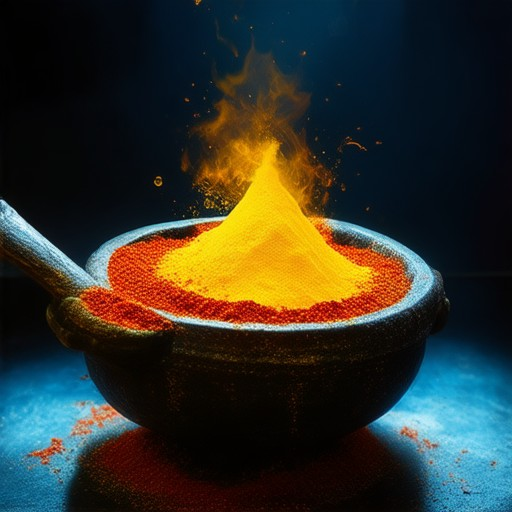
Does Mole Have Garlic?
Yes, mole sauce may or may not include garlic depending on the recipe and regional variation. While many traditional mole recipes incorporate garlic as part of the base ingredients, there are also versions that exclude it. The presence of garlic can vary, and some chefs may choose to omit it for a milder flavor, while others find it essential for depth and complexity.
Here’s a breakdown of typical mole ingredients:
- Nuts (almonds, peanuts, pine nuts)
- Seeds (sesame, squash)
- Cilantro
- Seedless grapes
- Plantains
- Onions
- Cinnamon
- Chocolate
- Garlic (optional)
The use of garlic in mole is subjective, and it can be adjusted based on personal preference or cultural tradition. Some recipes may include it as a matter of course, while others may leave it out to suit specific tastes or dietary needs.
What Does Garlic Do to a Mole?
Garlic may have a beneficial effect on moles due to its active compound, allicin, which possesses antimicrobial and anti-inflammatory properties. This compound could potentially inhibit the growth of abnormal cells in a mole or induce apoptosis (cell death) in those cells.
However, applying raw garlic directly to a mole can cause skin irritation, so it’s advisable to dilute it with a carrier oil, such as coconut oil, to minimize discomfort. Consistent application over several weeks might lead to a reduction in mole size or disappearance, though results can vary depending on individual skin sensitivity and the underlying cause of the mole.
While garlic is often cited as a natural remedy, it’s important to note that its effectiveness can be inconsistent. Moles that do not respond to treatment may require medical evaluation to rule out underlying conditions or to explore other removal options.
For best results, apply diluted garlic oil to the mole area and monitor changes over time. Consulting with a healthcare professional is recommended if the mole persists or if skin irritation occurs.
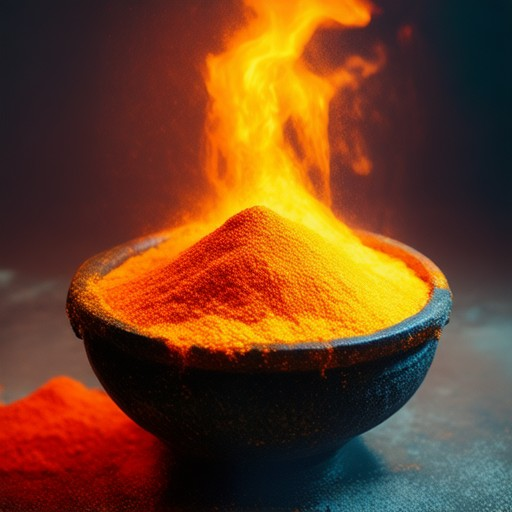
What Does Mexican Mole Have In It?
- Nuts or seeds
- Chili peppers
- Dried spices
- Fresh or dried fruits

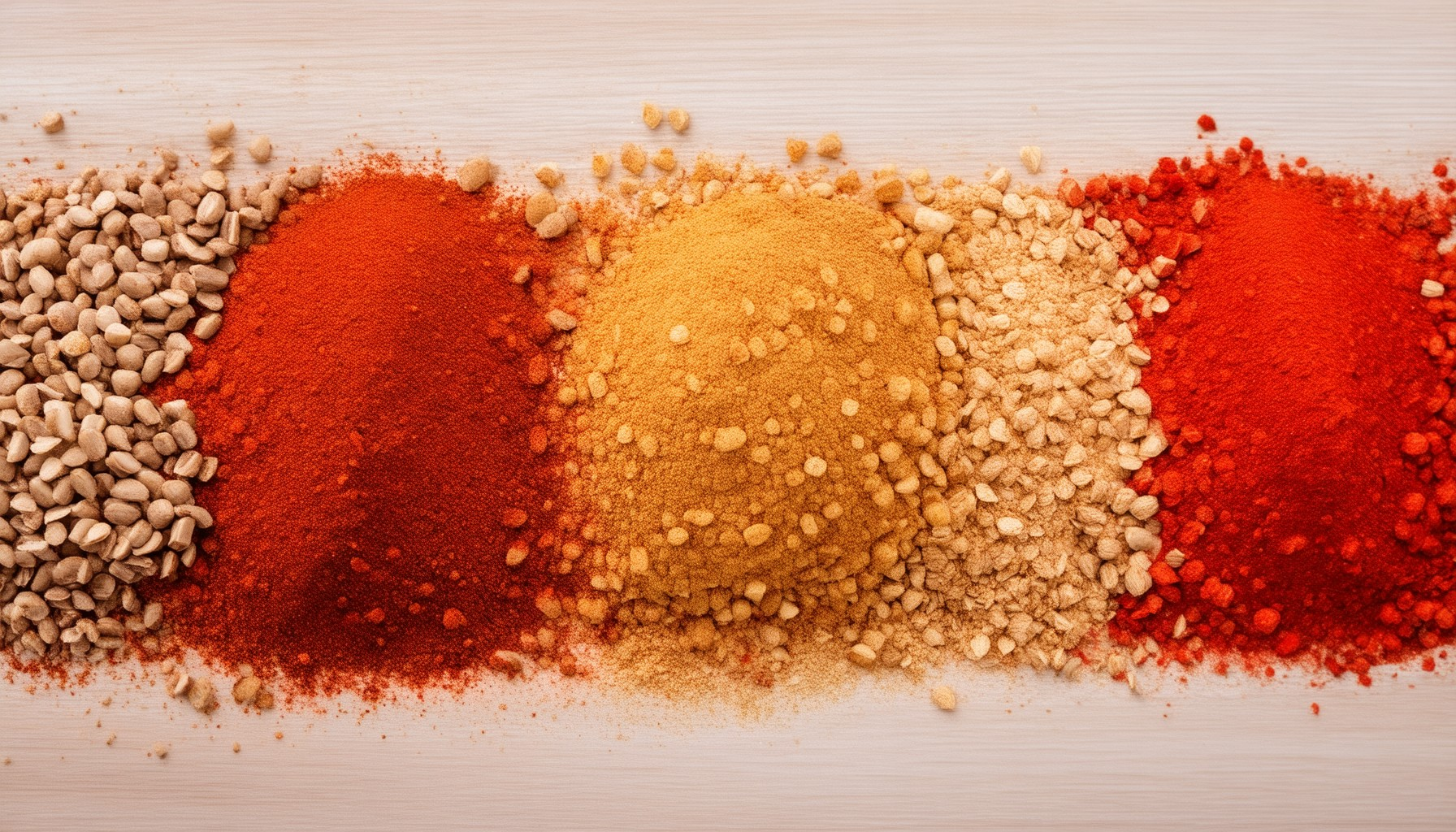

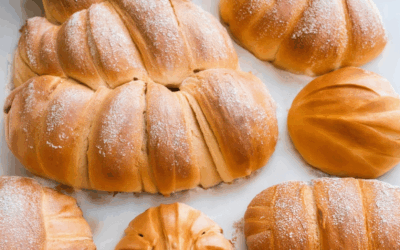

0 Comments